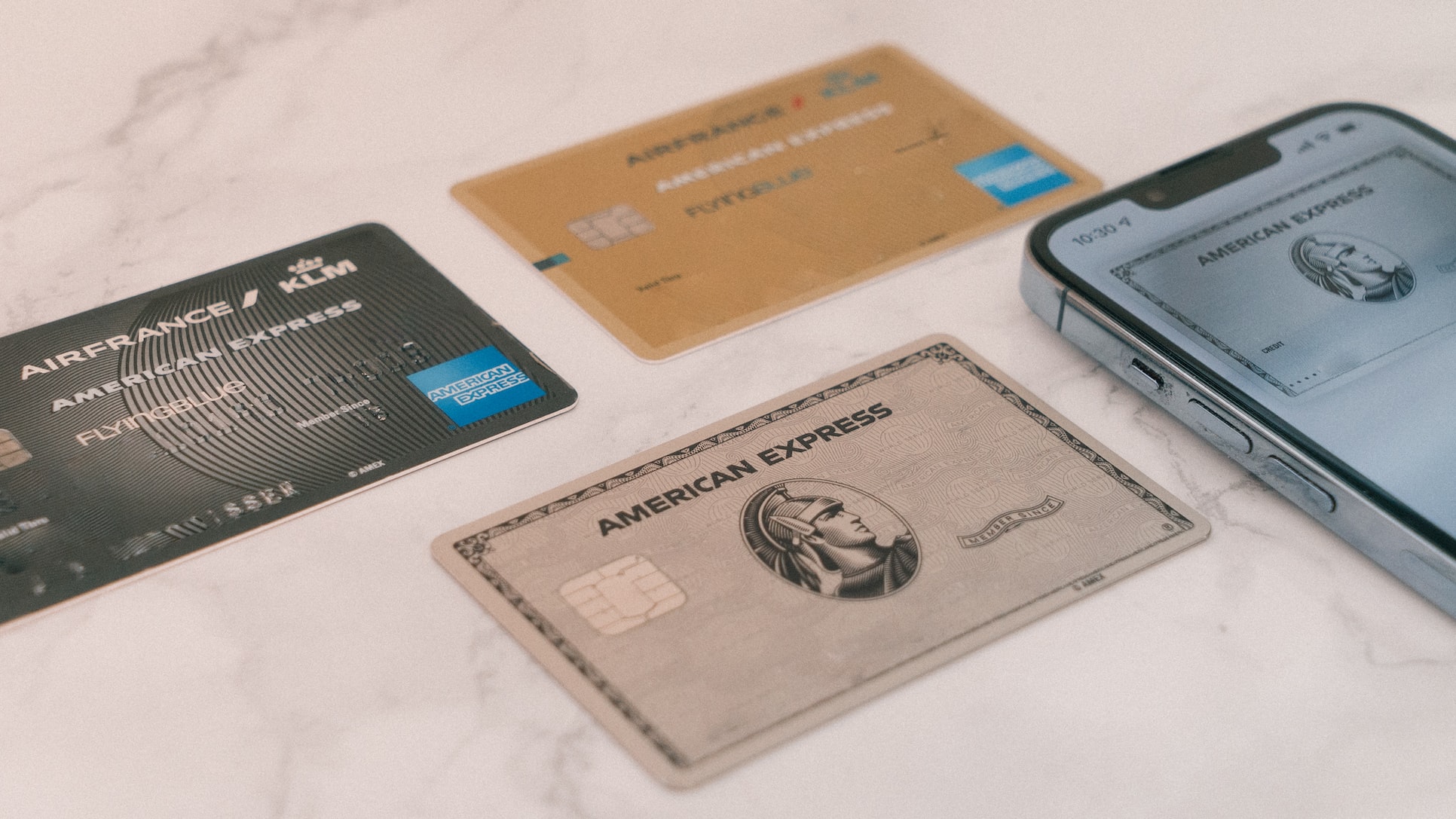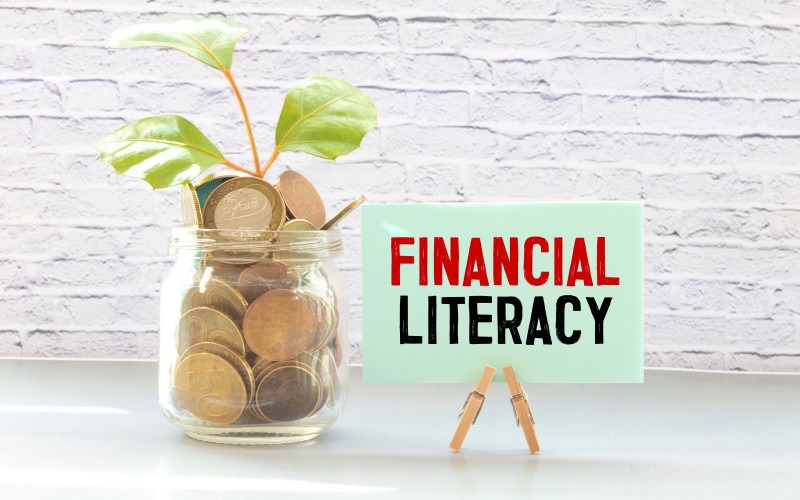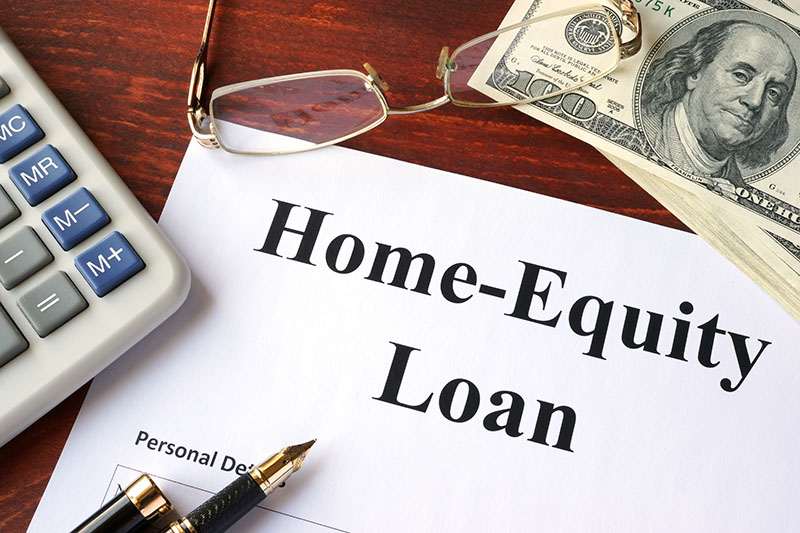5 Essential Considerations Before Taking Out a Personal Loan
Key Takeaways
- Check your debt-to-income ratio, credit score, and budget before taking on new debt
- Borrow only for true necessities, and explore alternatives before committing
- Factor in interest, fees, and penalties to compare lenders accurately
- Watch for repayment flexibility, fine print, and predatory lending red flags
- Research customer reviews, lender credibility, and support quality before signing

As the cost of living rises and economic uncertainty permeates society, more people have turned to personal loans as a flexible and accessible financing tool. A personal loan allows individuals to achieve meaningful goals and deal with emergencies without worrying about the high upfront costs. However, it is a debt burden that requires careful consideration.
In this guide, we will go over the five critical factors to consider before obtaining a personal loan: financial health, loan purpose, borrowing cost, loan terms, and lender reputation.
1. Assess your financial health
Evaluating current debt-to-income ratio
The debt-to-income (DTI) ratio expresses how much of someone’s income currently goes toward paying off debt. The higher the ratio, the more likely an individual will not be able to effectively manage a new source of debt.
If you want to take out a loan, you should ideally maintain a debt-to-income ratio below 35 percent. Anything over 43 percent and lenders may reject your loan application based on a risky DTI ratio.
To decrease your DTI, make extra payments to lower your overall debt. Increasing your income is another way to drop your DTI ratio to a healthier percentage. However, beware of prepayment penalties that your other creditors may impose if you try to pay off debt early.
Understanding credit score implications
When you submit a loan application, the loan provider will pull your credit report. Each hard inquiry due to a loan application can drop your credit score by around five points. A strategy you can use to avoid excessive credit damage from a credit check is to prequalify for a loan first.
The installment nature of personal loans can either help or hurt your credit score. A personal loan requires you to make fixed, regular payments. If you fail to make these payments on time and consistently, you can hurt your credit score by over a hundred points, especially if your loan goes into default.
On the other hand, paying these installments without issue helps improve your creditworthiness. It shows lenders and creditors that you can reliably manage a financial obligation.
Creating a realistic budget
A budget forecast can help you identify weaknesses and needs in your current financial situation. To create a realistic budget, consider the following:
- Current net income
- How a new loan will affect your budget
- Fixed and variable expenses
- Priority debts vs luxury desires
- What adjustments are necessary

2. Determine the purpose of the loan
Distinguishing between wants and needs
Not all expenses are necessities. For better financial management and planning, it is advisable to only take out a loan for necessities or wants. Otherwise, the debt burden may cause undue stress.
Necessities include:
- Utility bills
- Home repairs and renovation
- Vehicle repairs
- Medical bills
- Consolidating high-interest debt
If you want to use loan funds for a non-essential purpose, ensure that it’s a priority desire that you are willing to go into debt to reach. Examples include:
- Celebratory events (e.g. weddings, holiday gatherings)
- Vacation
- Gifts
Considering alternatives for funding
Personal loans aren’t the only method for funding expenses or consolidating debt. Consider other options before you take out a personal loan so you can be sure that you are making the optimal choice.
Here are popular alternatives to personal loans to keep in mind.
Secured loans for specific loan purposes: You may be able to obtain a loan with a better interest rate if you apply for a purpose-specific loan. The downside to this loan type is that you won’t be able to flexibly use the funds for other needs.
Home equity loans and home equity lines of credit (HELOCs): If you have built up home equity, you can either borrow against it in a home equity loan or unlock it in the form of credit for large purchases. Just be aware that you’re risking your home equity for the funds and/or credit.
Crowdfunding: If you can create a compelling campaign that tells the public why you need financial assistance, crowdfunding can be a valuable way to spread the word and garner community support.
Credit cards: Credit cards are a convenient way to buy something using credit. However, they often come with high interest rates and APRs, which is why they are better for smaller transactions (such as everyday grocery purchases). The credit limit can also prevent you from buying what you need. If you don’t require a large amount of funds or credit for a purchase, consider using a credit card instead of a loan.
The impact of the loan's purpose on terms and interest rates
Lenders often evaluate risk based on the purpose of the loan. Generally, the riskier the loan purpose, the higher the average interest rate will be and the shorter the loan term. For example, a mortgage has a lower interest rate and a longer loan tenure than a payday loan.
Before taking out a generic personal loan, research whether your loan purpose is considered higher or lower risk. This can help you discern whether the rates you receive in loan offers are reasonable.

3. Consider the total cost of the loan
Loan amount
Your principal loan amount is how much you initially borrow from the lender. It’s generally advised to only borrow as much as you truly need since a higher principal amount means a higher cost of borrowing.
Calculating interest rates over the life of the loan
Most personal loans have fixed interest rates, which means the cost of borrowing is more predictable. To determine how much you’re paying in interest in a month, follow these steps:
-
- Divide the interest rate by the number of payments in a year (usually this is 12)
-
- Multiply that by your remaining loan balance
-
- The result is how much interest you’re paying that month
Understanding fees and penalties
The interest rate isn’t the only cost associated with obtaining a loan. Other fees and penalties exist.
Annual percentage rate (APR): The APR is a percentage that expresses your expected annual cost of borrowing. It encompasses the interest rate, relevant fees, and discounts.
Origination fee: This is a one-time fee that lenders charge to cover the administrative expenses of processing the loan. The fee is either a flat fee or a percentage of your principal loan amount.
Prepayment penalty: Some loan providers impose a prepayment penalty if you want to pay off the loan early, either in its entirety or a portion of it. The penalty may be a flat fee or a percentage that is typically based on the outstanding balance.
Late fee: If you miss a repayment installment, you may need to pay a late fee. Check your loan agreement to see if there is a grace period for late payments.
Comparing the total cost of borrowing from different lenders
Each lender has their own eligibility requirements and criteria for making loan decisions. By comparing loan offers, you can find the loan that best suits your needs. Comparing the APR of each loan can help you quickly and conveniently see which loan has the lowest annual cost of borrowing.
While the interest rate is an important factor to consider when comparing lenders, remember to also think about other aspects of the loan such as the repayment duration and the lender’s reputation.

4. Loan terms and conditions
Monthly payments and interest
Review the loan terms and conditions to see how they may impact your cost of borrowing. A long loan tenure typically means you will need to pay more in interest, but the installments each month will be less costly. Meanwhile, a shorter loan tenure means you can pay off the debt sooner and accrue less interest. However, each installment will be more expensive, which can cause more financial strain.
Fine print
The loan agreement often has clauses on loan default, insurance, and variable rates. Read all of the fine print so you aren’t caught unawares by unexpected fees or restrictions. If you’re not sure about something on the contract, ask the lender for clarification.
Flexibility of repayment
Not all personal loans need to be repaid through fixed monthly installments. Consider other repayment options for your loan that may better suit your financial situation. Here are some repayment possibilities you may encounter.
- Balloon payment: One larger payment near the end, lower payments the rest of the time
- Variable interest rate: Interest due each time fluctuates based on market conditions
- Biweekly payments: Paying every two weeks can help you pay off the loan earlier
Watch out for red flags
Some loan providers are willing to stoop low and use predatory practices. Especially if you are seeking a loan for urgent expenses, be careful about lenders advertising “guaranteed approval” without a credit check.
Here are common red flags and unfavorable loans to avoid:
- Guaranteed approval and other unreasonable promises
- Payday loans
- Rushes you through the process
- Avoids answering questions
- Offers drastically different interest rates compared to other lenders

5. Lender reputation and service
Researching lender credibility and customer reviews
One of the most important parts of finding a personal loan is choosing a reputable, legitimate lender. A credible lender should have a solid online reputation with plenty of customer reviews. Look through the reviews for both positive and negative aspects of each lender so you can get a good idea of what to expect.
Asking for recommendations from a financial advisor or credit counselor can also help you find out which loan is best for you. The advantage of seeking out an advisor is that you can receive individualized guidance.
Check out these guides of the best personal loans for good credit and the best personal loans for bad credit.
The importance of customer service and lender support
Good customer service can make a big difference in terms of borrower satisfaction. Ideally, you want the lender representatives to be transparent, communicative, and professional. If you need to ask any questions, the support should be swift and clear. It’s a good idea to avoid lenders with representatives who dismiss your questions and concerns since they might create roadblocks for you down the line.
The type of loan provider
There are many different types of lenders, with different advantages and drawbacks to each. Here are common types of loan providers you should consider.
Local lender: A local lender can offer more personalizations that benefit those living in the local community. It can be worth it to have face-to-face interactions with an agent who knows the market in the area well.
National lender: National lenders often have a longer history of lending money and may be more reputable. They offer nationwide access to loan services, so you won’t be restricted to a specific geographic area as with local lenders.
Bank: A good choice if you have an existing, positive relationship with your bank branch. Offers both banking and lending solutions. However, the loan process may take longer and there are fewer loan products available.
Credit union: Credit unions are not-for-profit financial institutions that often provide promotional offers to their members. If you qualify for membership with a credit union, you can expect to access more favorable loan terms and deals.
Online lender vs. in-person lender: Applying for a loan online may be more convenient if you have internet access. You can fill out and submit the application from the comfort of your own couch. However, you might miss out on valuable in-person counsel and advice.
Edited by:
Bryan Huynh
•
Product Tester & Writer


































































































